Sustainability
There’s nothing sus about our approach to sustainability
Did you know that in 2022, four out of every five cars sold were electric? And that Norway maintains the world’s biggest hydropower plant, and secures 60% of its energy needs from hydropower? With Oslo listed as the European Green Capital of 2019, it’s very clear that Norwegian culture places a strong emphasis on sustainability and the preservation of the environment. Which is hardly a surprise: if you’ve seen the beauty of our fjords and forests, you’ll understand why as a nation we’re keen on preserving them.
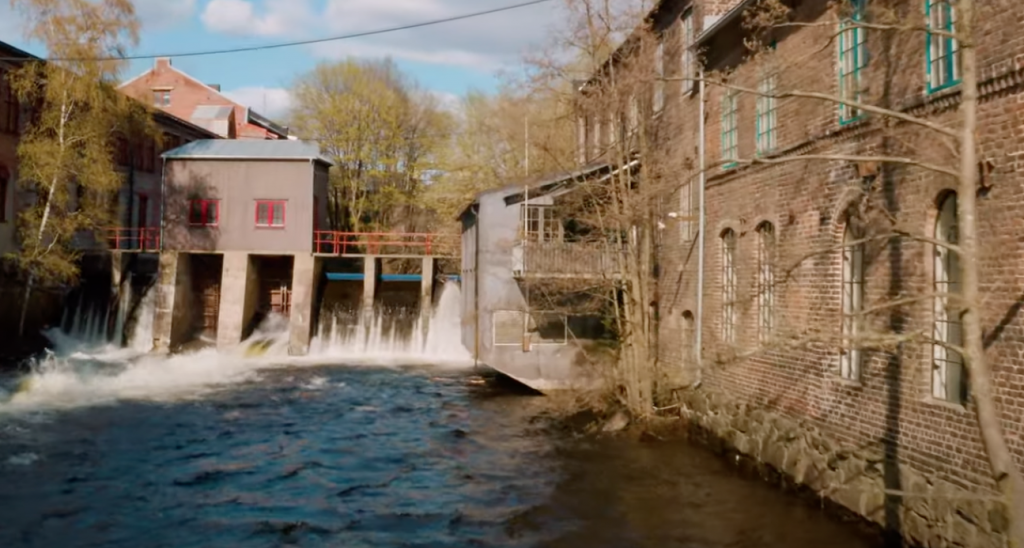
At the Bridge offices, if you gaze out of the window into the car park, you see – aside from the roaring Akerselva river – two very distinct approaches to environmentalism; a peculiar mixture of old-school peddle power and cutting-edge EVs. Tradition and Technology both have a role to play in securing our collective future.
But it’s not just outside of the offices that you see sustainable efforts at play – there’s plenty to discover inside too. Maybe it’s our Norwegian roots, or maybe it’s just the fact that in today’s age, it’s abundantly clear that companies have a moral duty to think sustainably: socially, environmentally and economically. Either way, at every turn we are working to embed sustainable thinking into our practices and products, from the point of manufacture, through to their distribution, and embedded in their very design and functionality itself.
Of course, there are business benefits to embedding environmental credentials in a brand or product too. Pressure from above, in the form of regulation and taxation, and below, in the form of end-consumer demand, are all driving technology manufacturers to focus on promoting the ‘green’ nature of their tech. But how much of that is mere lip-service? ‘Greenwashing’ claims by noncommittal organisations risk undermining the wider efforts of the industry as a whole. So we thought we’d walk you through exactly how Bridge products promote environmental sustainability, and reinforce our commitment to improving this year by year.
Environmental sustainability in the probes has been built in right from the start – from the point of manufacture, through their distribution, and embedded in their very design and functionality, which itself is crucial in reducing the environmental footprint generated by their users.
Reduced energy draw and extended product life
Starting with the core design and function of the probes themselves, the VB220 and VB330 are designed to operate as either appliance, embedded or software solutions, depending on customer need. One of the fundamental motivations for this choice in deployment type stems from the ability to allow customers to reduce their energy draw: whilst a server can run from anywhere between 200 to 1000 Watts, our embedded probes draw as little as 25 Watts. This reduced energy draw not only serves the practical function of allowing customers to deploy them in contexts where electricity is harder to access or unreliable, and to reduce OpEx, but it also ensures that customers are able to reduce their energy consumption and overall environmental impact, and thus uphold their ethical duty towards sustainable operation.
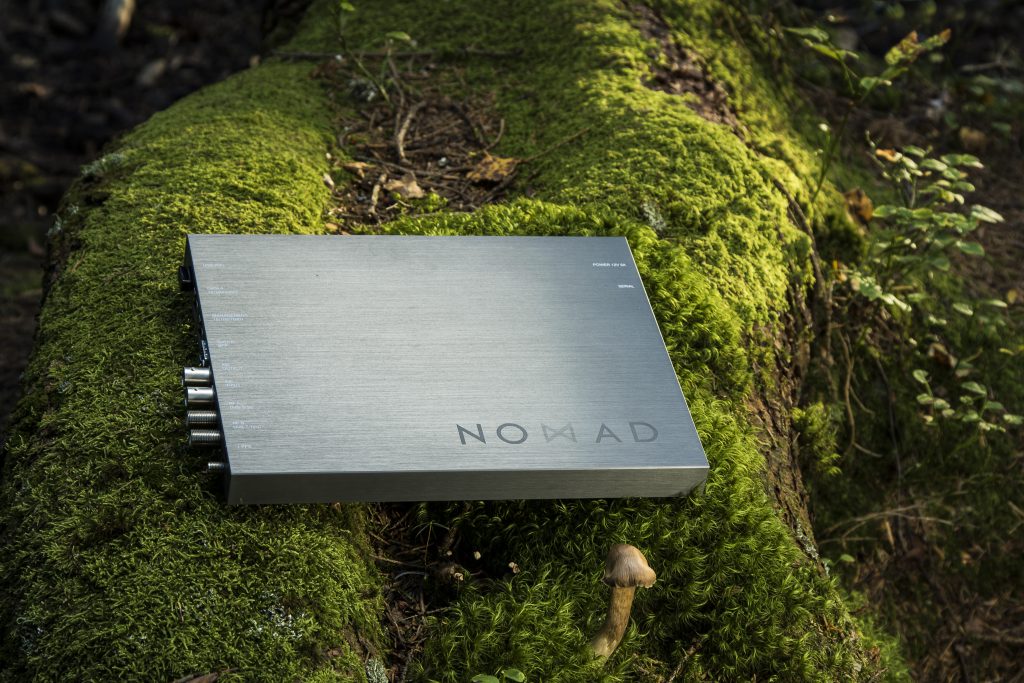
Moreover, this reduced energy draw and reduction in hardware complexity means that Mean Time to Replacement (MTTR) is significantly increased – with a server generally requiring replacement in five to seven years, and a probe in 15. Again, OpEx may be the primary consideration for users here, but the associated reduction of electronic waste is also an important benefit.
Reducing the need for other equipment, and for manpower movement
But the energy consumption reductions associated with Bridge Technologies probes extend beyond the idea of merely subbing one piece of equipment for another with lower energy consumption. The VB440 operates as a single-space production tool that allows production professionals access to the full range of operational data that allows them to make both creative and engineering decisions. Crucially, it makes it accessible on a next-to-no-latency basis from any web browser, which means it facilitates real-time remote and distributed production and requires just one screen per user (with eight users able to access to the tools of one VB440 unit).
From a manpower perspective, this means that there is no need to move production professionals around the globe or make sure they are on-site: a camera painter operating in Los Angeles and a sound engineer in London can both contribute in real time to a production being recorded in Paris. This substantially reduces the carbon footprint associated with the movement of personnel.
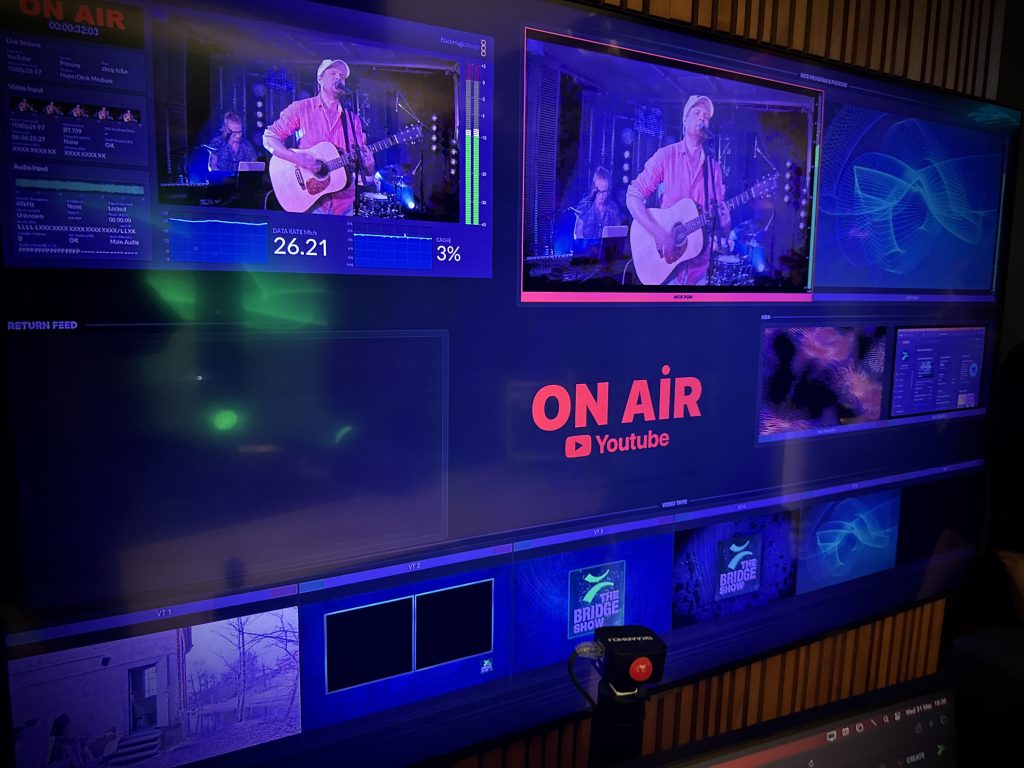
From a hardware perspective, the VB440 replaces a significant amount of traditional broadcast equipment. In a typical OB van, a single VB440 unit will replace a number waveform generators, which themselves take up three rack units. Since the VB440 facilitates eight different users, this is a total of 24 RUs relieved per waveform generator. The signal generator function of the VB440 – which allows engineers to create placeholders for studio equipment and test connections without needing to unpack and roll out the equipment itself – replaces a further two rack unit’s worth of expensive hardware. Finally, the VB440 replaces two quad multiviewers and the numerous monitors associated with them.
The net result is not only the elimination of the significant energy draw associated with all of these pieces of equipment, but the substantial reduction of hardware dependency, which thus ultimately means a reduction of the resource extraction activities associated with hardware production, as well as a reduction of eventual electronic waste and landfill. When deployed in OB vans, this hardware reduction also makes them more lightweight (particularly through the reduction of cabling) which itself has knock-on reductions in fuel consumption.
The direct impact of this is evidenced through the attached case study for All Mobile Video
Considering the environment in the design, manufacture and distribution process
Our engineers are encouraged and incentivized to think sustainably in their design process, not only in terms of the function of the product, but in its materials and manufacture. Bridge has sought out manufacturing partners for their full range of probes with a key focus on the environmental credentials of those manufacturers. Mechanized processes designed to maximise efficiency sit at the heart of the manufacturing processes, particularly in relation to PCBs.
Moreover, since 2008, Bridge has shipped all of its equipment to customers using fully recyclable packaging, with organic ink used for all printed materials.
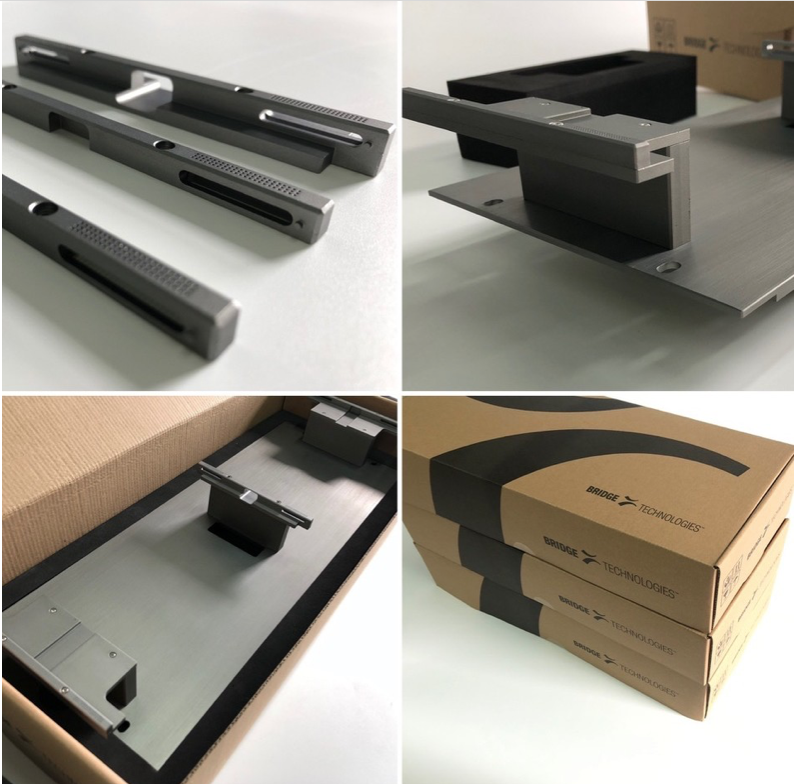
Undertaking full life-cycle responsibility
Bridge’s commitment extends to the end of the useful life of our products also. In order to prevent the generation of hazardous waste, Bridge Technologies undertakes the responsibility for taking back and recycling electrical and electronic equipment, and we not only maintain our obligations in accordance with the WEEE directive, but maintain partnerships with environmental schemes which replace or supersede these European requirements, or extend them to non-European contexts. Where no such partnership scheme is initiated or is considered to be inadequate, Bridge Technologies undertakes to receive back the equipment to its administrative HQ for disposal, which is undertaken by Environmental (NORSIRK AS) on our behalf.
For information regarding WEEE please see: ec.europa.eu/environment/waste/weee/index_en.htm
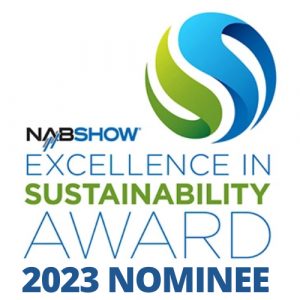
BRIDGE Technologies is committed to fulfilling all statutory environmental requirements in accordance with the WEEE scheme.
In order to prevent the generation of hazardous waste, BRIDGE Technologies undertakes the responsibility for taking back and recycling electrical and electronic equipment. This will provide incentives to design electrical and electronic equipment in an environmentally more efficient way, which takes waste management aspects fully into account.
In order to fulfil our obligations in accordance with the WEEE directive BRIDGE Technologies partnerships have environmental schemes of their own which replace or supersede BRIDGE Technologies’ commitment to take back and recycle its products. Where no such partnership scheme is initiated or is considered to be inadequate, BRIDGE Technologies undertakes to receive back the equipment to its administrative HQ for disposal. Disposal is conducted by Eurovironment as as in accordance with BRIDGE Technologies’ commitment to take back and recycle its products.
If you are an existing BRIDGE Technologies client and wish to return equipment for disposal please contact your local BRIDGE Technologies Business Partner or System Integrator. Please click here for an overview of our Business Partners and System Partners.
For information regarding RoHS please see: www.rohs.gov.uk
For information regarding EUROVIRONMENT as (a collective take-back company) please see: www.eurovironment.com
We’re keen to do our part, but we recognise its an ongoing and incremental process with constant room for improvement. But it’s an improvement we’re committed to, individually and collectively. Because with a view like this , how could you not care?

Bridge Technologies Co AS sitt arbeid rundt Åpenhetsloven
Organisert:
Bridge arbeider med en flat struktur der samarbeid mellom alle deler i organisasjonen er både velkomment og ønskelig.
Produkter og Tjenester:
Bridge utvikler og selger avanserte produkter for måling og analyse av kringkastningssignaler.
Markeder:
Bridge opererer i 96 land og har partnere i EMEA, Amerikas, APAC.
Bridge Technologies Co AS bruker ShareControl Transparency for å holde oversikt over leverandører, dette medfører at alle våre leverandører legges inn i en database og basert på faktorer som landrisiko, bransje og antatt forretningsvolum på leverandøren gjøres det en aktsomhetsvurdering. Aktsomhetsvurderingen skal der det gjelder leverandører vi tar sikte på å opprette langvarige kontraktsbaserte relasjoner til gjøres i forkant av kontraktsinngåelse og vil inngå som ett viktig element i en leverandørutvelgelse.
Aktsomhetsvurderingen gjøres basert på informasjon innhentet fra leverandøren gjennom tilpassede spørreskjema, på øvrig dialog med leverandøren ved usikkerhet, ved innhenting av tilgjengelig informasjon via åpne søk og offentlig tilgjengelige baser og dersom det anses nødvendig gjennom kontroller utført av egnede tredjeparter. Aktsomhetsvurderinger gjøres basert på retningslinjer fra Forbrukertilsynet.